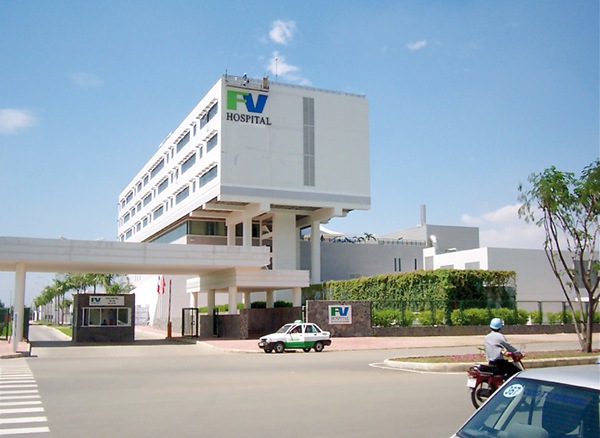If you’re in the business of selling rice or rice-based products, understanding the wholesale rice price is crucial to your success. The wholesale price of rice can fluctuate due to various factors. In this article, we will explore some of the key wholesale rice prices that you must know for your business.
Mục Lục
1. Overview of the market for wholesale rice price
Before we take a closer look at the wholesale price of rice, let’s take a look at the fluctuating rice prices in the current market.
- According to the Food and Agriculture Organization of the United Nations (FAO), the global rice price index averaged 215 points in February 2023, up 3 points (1.5%) from January 2023, and up 63 points (41.4%) from February 2022. This increase in wholesale rice price is due to lower-than-expected production in major exporting countries, coupled with strong demand from importing countries.
- In Thailand, which is one of the largest exporters of rice, the benchmark 5% broken rice was quoted at $498-$508 per tonne in mid-March 2023, up from around $450 per tonne in the same period last year, according to the Thai Rice Exporters Association.
- In India, another major rice exporter, the wholesale rice price of common rice varieties such as IR-64 and Sona Masuri was around INR 44-46 per kg in March 2023, up from around INR 34-36 per kg in March 2022, according to data from the Ministry of Consumer Affairs, Food and Public Distribution.
- In the United States, the wholesale price of milled long-grain rice was around $27 per cwt (hundredweight) in mid-March 2023, up from around $21 per cwt in the same period last year, according to data from the USDA.
2. Main factors affect wholesale rice price
To get the best wholesale rice prices that are right for your business, learn about the factors that affect prices below such as: supply and demand, government policies, production costs.
2.1. Wholesale rice price affected by supply and demand factor
Supply and demand dynamics are the most significant factors affecting the wholesale price of rice. The price of rice is influenced by the balance between global supply and demand, with any disruption in either of these factors affecting the price.
- A reduction in the supply of rice can lead to higher wholesale rice price, while an increase in supply can lead to lower prices. For example, if there is a drought in a major rice-producing country, the supply of rice will decrease, which can lead to higher prices. Similarly, if the cost of inputs like labor, fuel, and fertilizers increases, farmers may reduce the amount of land under cultivation or switch to other crops, leading to lower production and higher prices.
- An increase in demand can lead to higher wholesale rice price, while a decrease in demand can lead to lower prices. For example, if the population of a country is growing, the demand for rice as a staple food will increase, leading to higher prices. Similarly, if consumers in a particular market develop a preference for premium or specialty rice varieties, the demand for those products will increase, leading to higher prices.

2.2. Wholesale rice price affected by government policies
Government policies can have a significant impact on the wholesale price of rice. Here are some ways in which government policies can affect rice prices.
- Trade policies: Governments can impose various trade policies such as tariffs, export restrictions, and import quotas that can affect the supply and demand for rice in the domestic and global markets. For example, if a major rice-producing country imposes export restrictions, the global supply of rice will decrease, leading to higher wholesale rice price.
- Production policies: Governments can also influence wholesale rice price by implementing production policies such as subsidies, price supports, and input subsidies. These policies can encourage or discourage rice production, leading to changes in supply and prices. For example, if a government provides input subsidies such as fertilizers, seeds, and pesticides to rice farmers, it can increase rice production and lower prices.
2.3. Wholesale rice price affected by production costs
Production costs can also play a significant role in determining the wholesale rice price. Production costs refer to the expenses incurred by farmers and producers in growing and processing rice.
- Input costs: Input costs such as seeds, fertilizers, pesticides, and labor can affect the production of rice. If these costs increase, farmers may reduce the amount of land under cultivation or switch to other crops, leading to lower production and higher prices.
- Technology adoption: The adoption of new technologies such as improved seeds, mechanization, and irrigation can increase rice production and lower production costs, leading to lower wholesale prices.

3. Viet Agri Wholesale offers affordable wholesale rice price
Viet Agri Wholesale offers affordable wholesale rice price based on several factors. Now we will discover in detail.
- Location: Viet Agri Wholesale sells wholesale rice in bulk. Due to ideal growing circumstances and a low cost of production, Vietnam, one of the largest rice producers in the world, is renowned for providing high-quality rice at competitive costs.
- Direct sourcing: Viet Agri Wholesale may have developed direct connections with Vietnamese rice growers, enabling them to avoid middlemen and purchase rice at a reduced price, which may lead to more affordable wholesale rice price.
- Volume discounts: Viet Agri Wholesale may be able to negotiate lower costs with their suppliers if they buy rice in large quantities, which could help them provide more competitive wholesale rice price.
- Highly competitive market: Due to the fierce competition in the rice industry, businesses like Viet Agri Wholesale may need to provide competitive pricing to draw clients.



